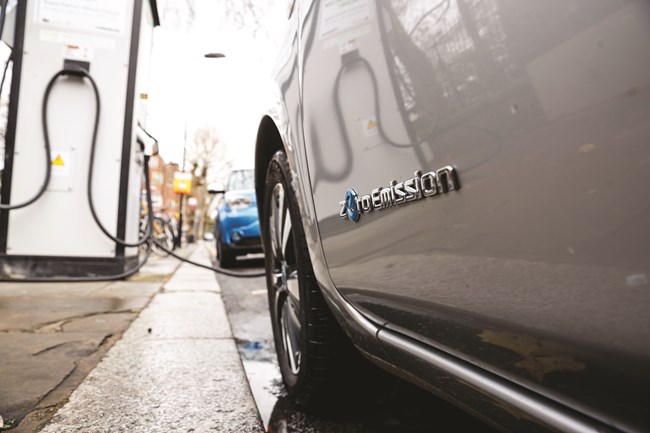
The start point for the best source of fleet information |
EV charger access for households without parking highly variable, research finds
Date: 29 July 2022 | Author: Sean Keywood

The number of households living close to public EV chargers has increased significantly - but the situation is still highly variable between different areas, it has been shown.
Research by Field Dynamics in partnership with Zap-Map found that the percentage of households without space to charge at their own property, but who live within five minutes' walk of a public EV charger, had risen from 12% to 17% since 2020.
Perhaps unsurprisingly, charger provision is by far the highest in London, with the capital's boroughs now averaging nearly 60% coverage, while other councils average less than 14%.
In terms of other major cities, Glasgow was found to have 24% coverage, while Manchester had 22% and Birmingham just 12%.
Other strongly performing localities include Brighton and Hove, and Portsmouth, at 77% and 59% respectively.
Zap-Map co-founder and COO Melanie Shufflebotham said: "We welcome such a significant increase in the number of chargers just a five-minute walk from households without a driveway, but it's clear that the government and local authorities need to increase availability to meet demand.
"It can of course be a complex task to find and develop new sites, but we need to see much greater urgency, across the country.
"EV drivers are helping us reduce our reliance on fossil fuels and cut our carbon emissions, so let's help them do the right thing. That means more on-street chargers for those that need them, supported by high-power local charging hubs and upgraded charging infrastructure at destinations."
Field Dynamics managing director Ben Allan said: "The clear summary of this report is that there is very little consistency in approach and outcome, there is little correlation between demand and investment and finally little standardisation between the different council types.
"This inherently means that while some are getting it right, many are getting it expensively wrong and will carry on doing so for some time."










